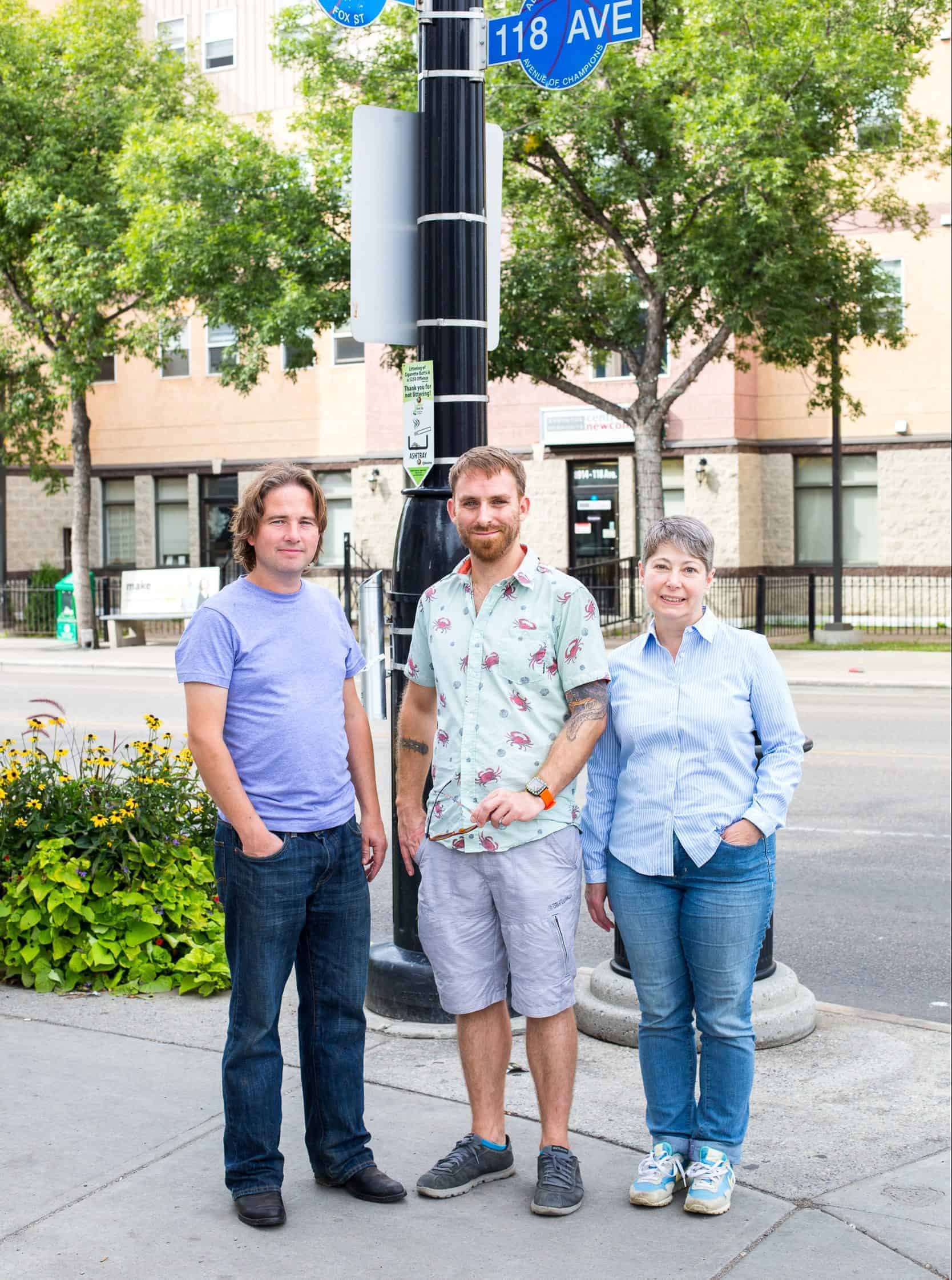Community volunteers are leagues ahead
A bird’s eye view of Edmonton at the turn of the last century would show an urban core on either side of the river, with outlying subdivisions separated by bush and a few connecting roads. Meanwhile, the surging commercial and population growth meant the city was hard-pressed to keep up with services and infrastructure.
Citizens in those isolated districts responded by creating community leagues and lobbying the city for things like improvements to civic structures and recreational facilities. The first community league, now known as Crestwood, was inaugurated in 1917. Based on a model from the Eastern U.S. and modified to fit Edmonton’s interface of frontier know-how with commerce and galloping real estate development, its success ensured eight more soon followed. Edmonton’s community league movement was born, and today it’s as vital as ever.
They’re an invaluable connection between the city and neighbourhoods, explained Brendan Van Alstine, president of Alberta Avenue Community League. He noted all community leagues are assigned a recreation contact from the city.
“City reps come to meetings regularly,” he said. “They bring information about city programs—for example, if they need to approve funding for a community program. And they take information back.”
Edmonton’s 157 community leagues give citizens a voice on issues ranging from safety and property development to housing and affordable recreation. Edmontonians are often surprised to learn leagues are independent, self-run organizations, sustained by volunteers who raise their own funding, pay for their community centres, and run their own recreation facilities. While there’s an ebb and flow to their operations, Van Alstine said their durability is due to grassroots civic involvement.
“Examples like community garden(s) and the new Abundant Communities Initiative. They exist from a desire to have a sense of community coherence,” he said.
Sebastian Barrera, president of Parkdale Cromdale Community League agrees, noting that leagues give residents a unique opportunity to serve their neighbourhood.
“Community leagues should be the beginning of civic engagement by residents,” he said, adding they often relay street-level issues to city staff better than developers or business interests can. “Community leagues know what our needs are.”
The city provides expertise, land and funding that augments monies raised by league volunteers, explained Coun. Tony Caterina.
“The community league system has a sterling reputation for outstanding cooperation between three distinct partners,” he said. “The level of cooperation between the city, community leagues and the Edmonton Federation of Community Leagues … is the envy of many North American municipalities.”
Launched by the original nine leagues in 1921, the EFCL represents all leagues. Debra Jakubec, EFCL executive director, feels its longevity rests on the leagues and city support.
“The 157 leagues speaks volumes about citizens’ commitment to community and building great neighbourhoods,” she said. “And it is support from the city that helps us grow and get strong.”
In celebration of its 100th anniversary in 2017, the EFCL is working with the city on a significant upgrade to Hawrelak Park, including a new community league plaza. Meanwhile the EFCL’s big annual event, Community League Day, is on Sept. 17. Watch your league website to find out what’s happening, or go to www.efcl.org.
Edmontonians who have a community league membership have a powerful tool in their hands. Membership is open to any citizen—they simply need to live in the league area. Your community league invites you to join today.
Header Image: Richard Williams, Parkdale-Cromdale VP, Brendan van Alstine, Alberta Avenue president, and Cheryl Atkins, Eastwood director, stand at the intersection of their respective leagues at 89 St and 118 Avenue. Credit: Rebecca Lippiatt







